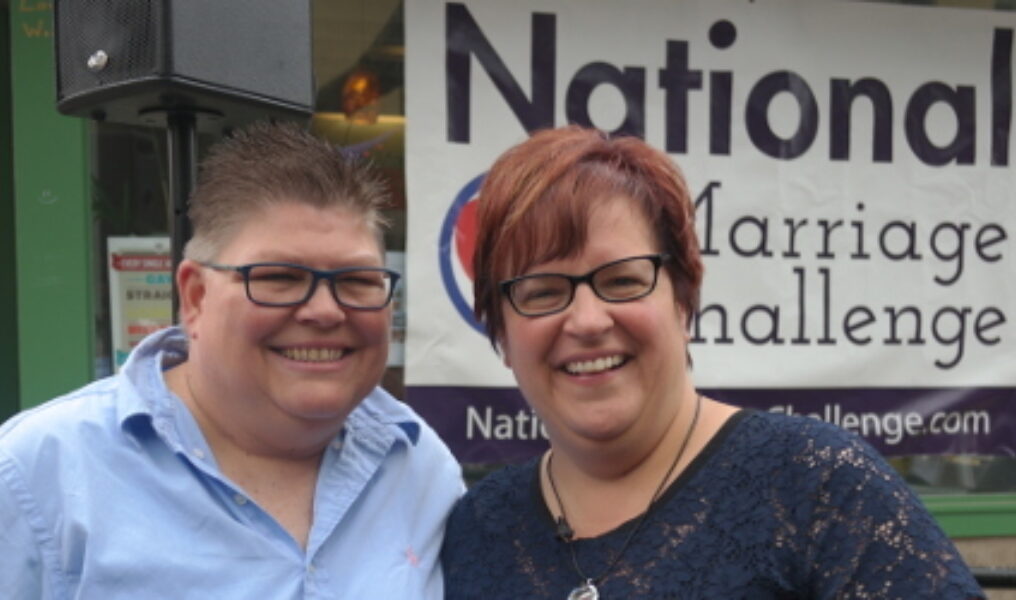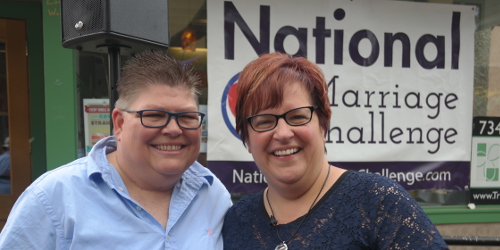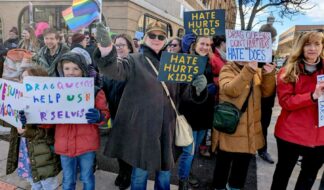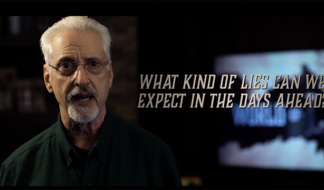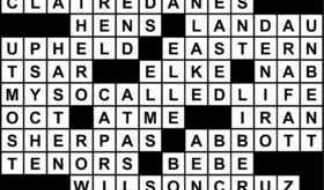BY AJ TRAGER
The LGBT community started 2015 with 60 percent of the country (30 states) affirming the love of same-sex couples, and by July marriage equality had swept over the entire U.S. But how did we get here?
After climbing through the court system in 2014, the Michigan case DeBoer v. Synder was heard before the 6th Circuit Court of Appeals along with marriage equality cases from Ohio, Kentucky and Tennessee in August of 2014. The 6th Circuit court ruled in favor of the states Nov. 6, 2014 in a 2-1 decision, which found that state marriage bans do not violate the U.S. Constitution.
The 6th Circuit decision was the first time a federal appeals court ruled against the freedom to marry. That decision created a legal conflict with four other federal appeals courts that have ruled in similar state marriage bans last year, declaring them unconstitutional.
Michigan plaintiffs April DeBoer and Jayne Rowse, two nurses who sued Michigan requesting that the state recognize their right to jointly adopt their children, and therefore legally marry, filed their petition with SCOTUS Nov. 17 following the 6th Circuit decision. The Ohio legal team filed their petition first and therefore the official name for the consolidated case was deemed Obergefell v. Hodges.
The U.S. Supreme Court granted review of the 6th Circuit cases Jan. 16, 2015 and decided to hear arguments from four states arguing against states' bans on same-sex marriage. Not long after on March 5, SCOTUS set the day in court for April 28.
Cases from Michigan, Ohio, Kentucky and Tennessee were consolidated and two questions were to be argued before the high court: Does the 14th Amendment require a state to license a marriage between two people of the same sex, and does the 14th Amendment require a state to recognize a marriage between two people of the same sex when their marriage was lawfully licensed and performed out-of-state?
The legal teams from the 6th Circuit Court of Appeals presented their cases to SCOTUS in two sections; Michigan and Kentucky shared a 45-minute slot to argue for the constitutionality of same-sex marriage, and Tennessee, Ohio and Kentucky shared a 30-minute window to argue for the recognition of same-sex marriages performed out-of-state. States' attorneys had the same amount of time to argue in favor of withholding the bans on same-sex marriage.
GLAD's Mary Bonauto, described by former U.S. Rep. Barney Frank as "our Thurgood Marshall" for the LGBT equality movement, joined with DeBoer attorneys to help organize arguments for SCOTUS, and was later assigned as the attorney to argue before SCOTUS in favor of marriage equality. Bonauto has been an LGBT defender since 1987 and has worked on cases such as civil union recognition in Connecticut and the passing of same-sex marriage in Massachusetts. She is also known for being called "the legal architect of the DOMA repeal," as reported by Slate magazine.
Dozens of people camped out in front of the U.S. Supreme Court, enduring cold temperatures and rain, in order to ensure that they got a seat in the room when the high court heard testimony from supporters and opponents of marriage equality. They began lining up at 6 a.m. April 24, four days before the historic hearing.
Frank Colasonti Jr. and his husband Jim Ryder joined the queue of dedicated individuals in front of the courthouse. Colasonti and Ryder were 17th and 18th in line at SCOTUS, but in March of 2014 they were the first couple in Oakland County to get married, following a court ruling that struck down Michigan's voter-approved ban on same-sex marriage. Over 300 couples were legally married in the state before a stay was placed on the decision by the 6th Circuit Court of Appeals.
During the next few months, very little happened in the way of marriage equality. The marriage equality momentum had stopped in the anticipation of the simmering SCOTUS ruling.
On May 4, two new polls showed historic advances in support of marriage equality. A Williams Institute report showed that support for marriage equality only increased in states after same-sex couples were granted that right and a Public Religious Research Institute poll showed that for the first time ever, more religious Americans supported marriage equality than opposed it.
At 10 a.m. on June 26, SCOTUS released their 5-4 decision which determined that the thousands of LGBT couples living in Michigan waiting to get married or who had already been married in another state were just as equal as their heterosexual counterparts.
"I really don't know what to say right now. It's been a long, long road — 4.5 years in the making — that we sought protection for our children. We would not be here if it weren't for so many of you," DeBoer said at the press conference held in Ann Arbor's Braun Court following the decision.
"My last comment is to my beautiful children: we did this for you," she tearfully added.
